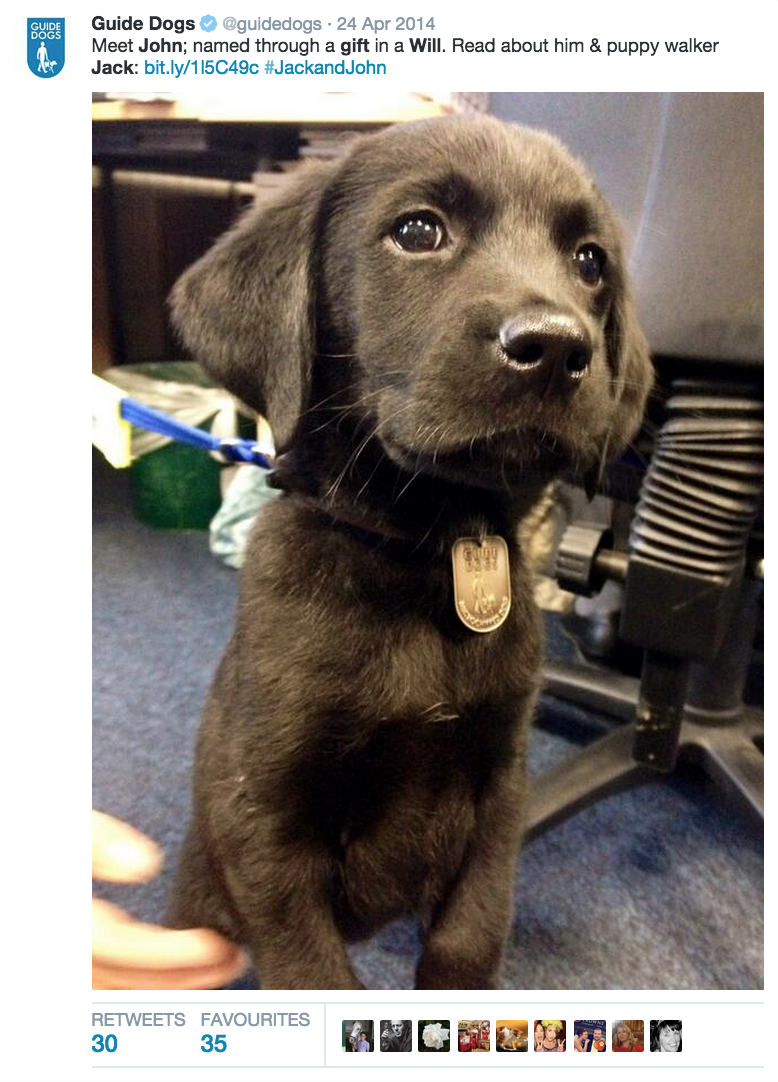
Claire Routley is here with five tips to ensure your charity’s legacy message reaches supporters
The classic advice on promoting legacy giving is to adopt a ‘drip-drip’ approach: to mention gifts in wills little and often, and to weave the legacy message in throughout your communications.
This is classic advice, because it’s good advice. Research shows us that people make or update a will not because we charities tell them they should, but because of particular life events: births, marriages, deaths, buying a house or coming in to money. These are generally events that we won’t be aware are happening in our supporters’ lives, so drip-dripping the legacy message means they’re more likely to see it – and potentially consider it – at a time that’s right for them.
Have you considered these five different ways to drip the legacy message through your communications?
Include legacies in your newsletter
Regular articles about legacies can be a great way to plant the seed of legacy giving among your supporters. Recent research shows us that stories of other living legacy supporters may be particularly effective. However, you don’t always have to have a full legacy article to weave in a legacy message: a story about a particular project might mention it was funded by a legacy, for example, demonstrating your stewardship of these valued gifts.
Share the message on social media
We might have assumed that many potential legacy supporters aren’t on social media. However, the fastest growing demographic on Facebook is now the over 55s. Social media can be an effective tool for legacy promotion and storytelling – for example, Guide Dogs told the story of John, a puppy who had been paid for by a gift in a will.

Hold promotional weeks/months
With multiple priorities across an organisation, it can be difficult to find time to focus on legacies, such as carrying a legacy story on the front page of a website. It feels like there’s always something else more urgent! Tools like Remember A Charity In Your Will Week (7-13 Sep), Will Aid Month (November), and Free Will Month (various) can be used to create that sense of urgency, and utilise the halo effect of legacies being discussed in the wider media.
Make good use of stationery
Think about the number of letters and emails your organisation sends out in a typical week. You can incorporate your legacy message (e.g. “we depend on donations and legacies”) across your office stationery from the frank on a letter, to the back of envelopes, to headed paper, to email footers, to tick boxes on response forms – spreading the message to hundreds, if not thousands, of people.
Talk about legacies face-to-face
Anyone who speaks on behalf of your organisation should be encouraged to mention legacy giving in their speeches or presentations. And similarly, all staff should be comfortable in talking about legacies to potential supporters – for example, if someone asks how they can help, a gift in a will should be one of the options mentioned. In reality, achieving this level of integration can be a challenge, but legacy training, and simple tools such as pre-prepared slides or pocket guides to key messages can help.
Dr Claire Routley is a fundraising consultant and founder of Legacy Fundraising




